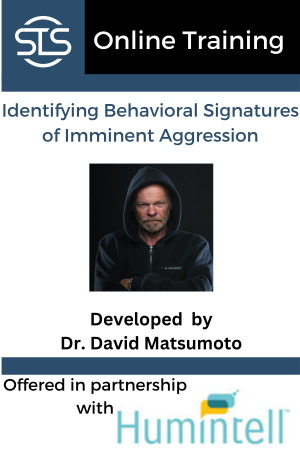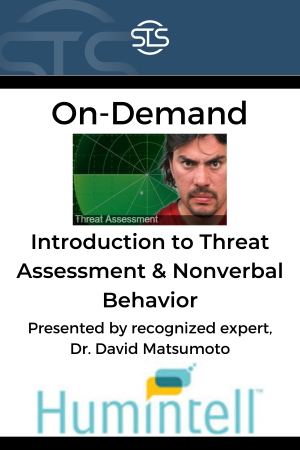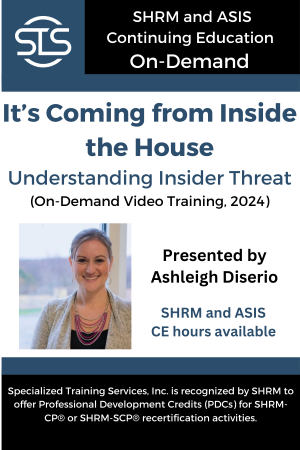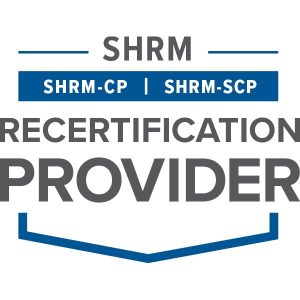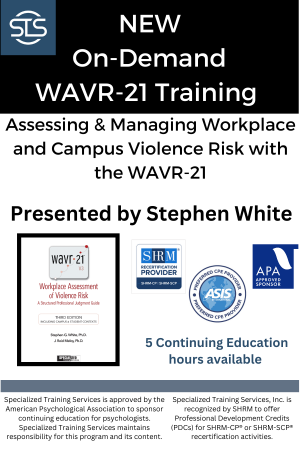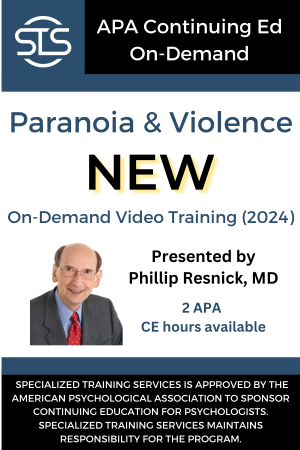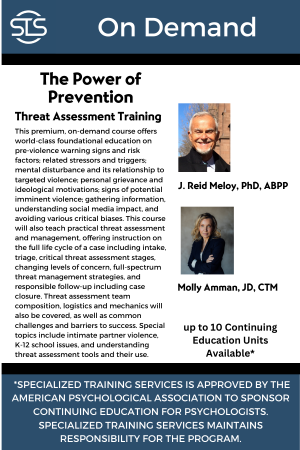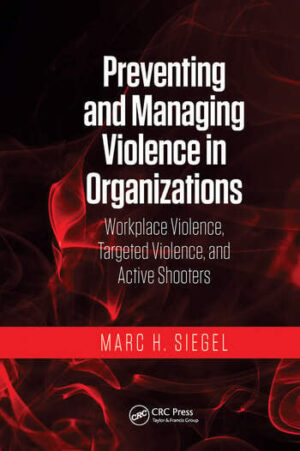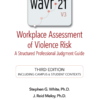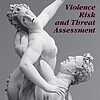Identifying Behavioral Signatures of Imminent Aggression (3.5 Continuing Education Hours / Units available)
Original price was: $74.99.$64.99Current price is: $64.99.Online Training
Identify the signs of imminent danger that may keep you out of harm’s way.
Includes a pre-test, instruction, practice, and supplemental materials/readings. We recommend going through the course at least twice before taking the post-test.
Developed by renowned expert, Dr. David Matsumoto
Dr. Matsumoto is a Professor of Psychology at San Francisco State University and world-renowned expert in the field of emotion, culture, and nonverbal behavior. He has published over 400 books, book chapters, and journal articles on these subjects.
Description
Psychologists and mental health workers may sometimes be interacting with individuals with a propensity for violence, or individuals who become violent without such propensities.
Identifying behavioral signatures of imminent aggression may be particularly important for those interacting with individuals who may become violent or have other aggressive tendencies that may be destructive to therapeutic alliance and/or therapy.
To our knowledge, there is currently no graduate curricular content that teaches doctoral level psychologists on how to recognize immediate threats from nonverbal behavior.
Acquiring skills on how to spot these behaviors may allow psychologists to assess risk and prepare to take evasive action if they are in harm’s way.
Learning Objectives
(1) Identify and list key characteristics of the premeditated assault face and the loss of impulse control face.
(2) Demonstrate the ability to differentiate between faces associated with dangerous intent and other emotions.
(3) Proficiently recognize behavioral signatures of imminent attack in others within seconds.
Additional Information
Format and Length:
Multimodal interactive training. Includes pre-test, instructional and review videos, interactive practice sections, and supplemental material and readings. You can complete the course in multiple sittings and we recommend participants review the material more than once prior to taking the post-test. 3.5 CUEs available.
Instructional Level:
Introductory training for psychologists, psychiatrists, and mental health professionals.
Completion Requirements:
To obtain your CE certificate, you must progress through all course segments and readings, and obtain a score of 80% or higher on a post-test. Users will have a maximum of 3 attempts to complete the post-test at 80% proficiency.
Post Test and Course Evaluation:
After completing the pre-test, watching instructional videos, interactive practice sections, supplemental material and readings, the post-test will be available to complete, along the course evaluation.
Once you purchase this training, we will email you a license key and instructions
Specialized Training Services also offers group licenses for large organizations or groups. For more information, email us at info@specializedtraining.com.

Specialized Training Services is approved by the American Psychological Association to sponsor continuing education for psychologists. Specialized Training Services maintains responsibility for this program and its content.
This APA approved continuing education course is multi-modal, consisting of videos, interactive quizzes and activities, supplemental readings, and assessments.


